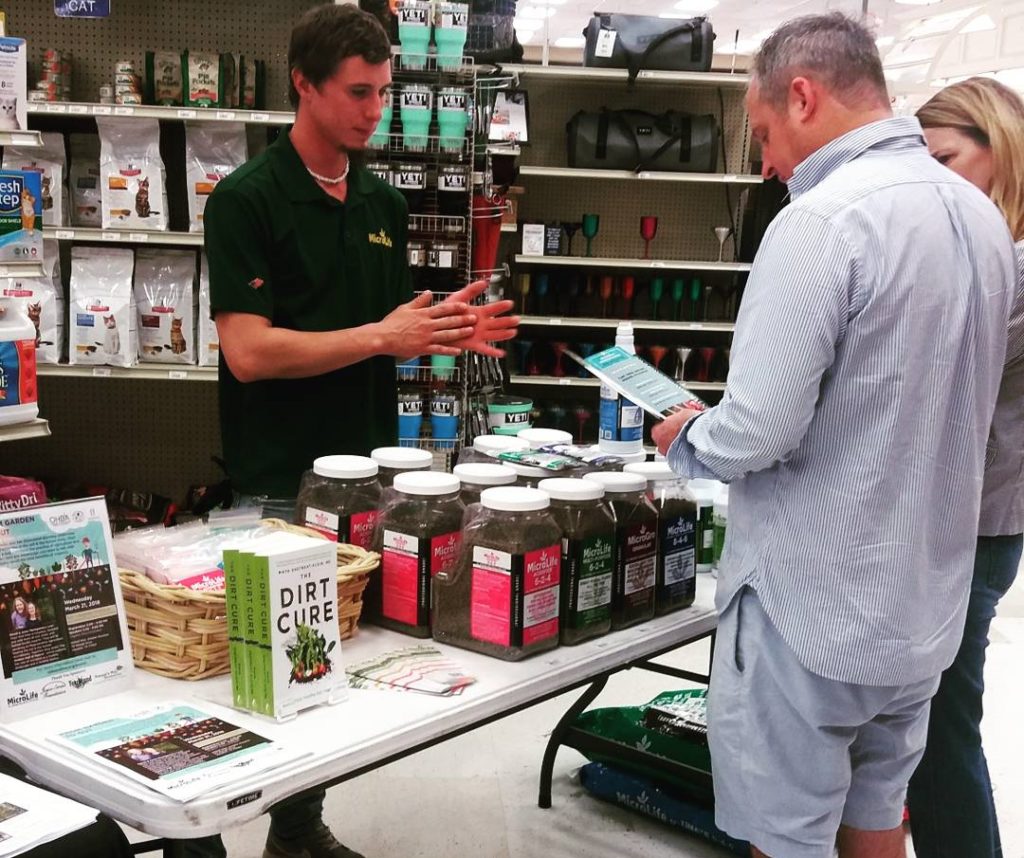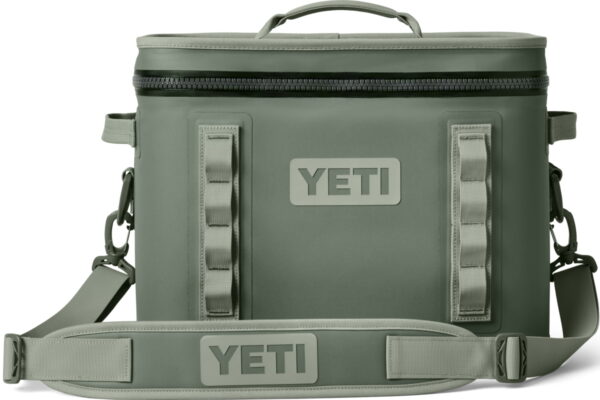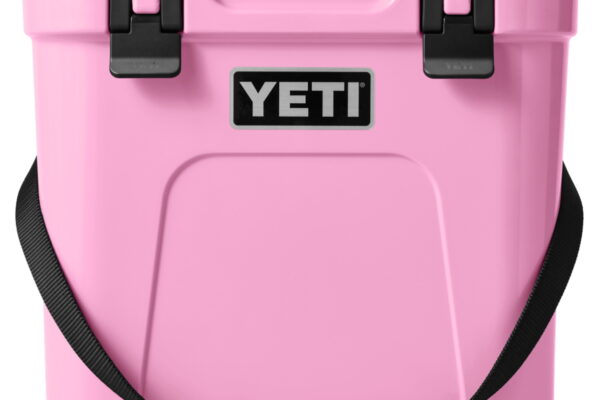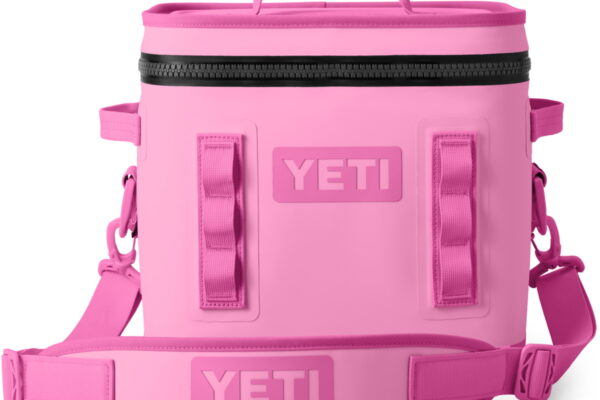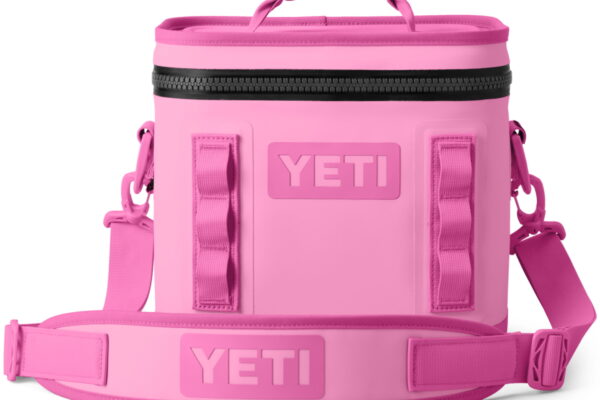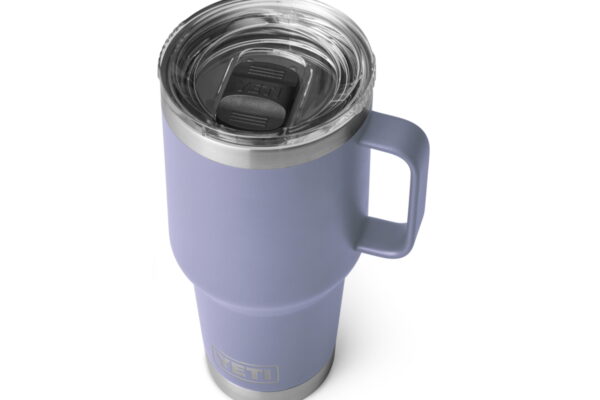Your cart is currently empty.
The Dirt Eater’s Guide
Hello, my fellow Dirt Eaters!
The official start of Spring is only a few weeks away. We know, right now, you’re going out to Rodeo Houston, having a great time and eating something really bad for you; but don’t worry, pretty soon you’ll be able to work it off in your yard doing something really good for your lawn and plants.
This past Saturday, we had the opportunity to talk with MicroLife, makers of our ever-popular organic fertilizers. Their overriding desire is to help us all understand that healthy soil is the key to great lawns and landscapes. You can’t have one without the other. And, when they’re both in sync, you’ll see fewer insects, diseases and weed problems on your newly lush and thriving plants.
There’s no denying that the last six months have been tough on your lawns, in more ways than one. The prolonged dunking from Hurricane Harvey compacted further our already dense clay soils. Compaction stifles root growth, which makes plants weak and disease prone. The deep freezes we experienced this winter killed or damaged healthy plants and with the constant rain we’ve had since, the typical winter weeds have literally had a “field day” in our lawns and flower beds.
Now part is this is just a seasonal process. The wild weeds thrive in cool and cold weather. The St. Augustine grass that looks a little sad right now thrives when it’s warm or hot. While one sleeps, the other leaps!
No doubt the temptation will be to spray or spread chemical weed controls. But remember, the seasonal process will soon tip in the other direction. As our weather warms up, and the St. Augustine wakes up, you’ll see fewer weeds spring up. And, as our friends at MicroLife reminded us, the overuse of chemicals can create a bacteria-rich soil that promotes the growth of weeds. The use of organic products can create a more fungal-rich environment that is preferable to your desired plants.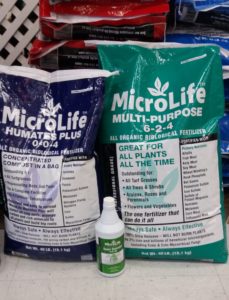
Now, I’m sure you’re asking yourself, “But Farrell, how exactly do we create this warm and fuzzy environment for our lawns and beds?” Never fear, I’m going to give you a simple, step-by-step guide to a greener and healthier lawn.
- Apply MicroLife Humates Plus (the purple bag) to your lawn. This concentrated compost will reduce compaction, enrich the soil, and promote strong root growth. The stronger the roots, the more nutrients they are receiving and the greener your grass will be.
- Follow this up with MicroLife Multi-Purpose 6-2-4 (the green bag). This provides over 100+ nutrients, minerals, vitamins, natural plant hormones, natural plant stimulators, and billions of beneficial microbes to wake your plants up, push plant growth and enrich the soil.
- Last but not least, spray on MicroLife Super Seaweed. Plants will become stronger, with more vivid color and will be more resistant to stress, pest insects and diseases.

See? That wasn’t so hard. And if you still have questions, please feel free to visit us at Bering’s. We’ll gladly talk you through the steps and advise you on your lawn’s particular needs.
And don’t forget to stop by our Westheimer store on March 17, 2018 from 10 until 1, to pick the brains of our good friends at MicroLife.
So until next time, Dirt Eaters, get out there in this great green place we call Houston. We’ll see you around Bering’s and as always, thanks!
 Farrell Benson has been in the Lawn & Garden business over 25 years,
Farrell Benson has been in the Lawn & Garden business over 25 years,
first on the nursery side and then with Bering’s as the Lawn & Garden
Manager of the Bissonnet store.
